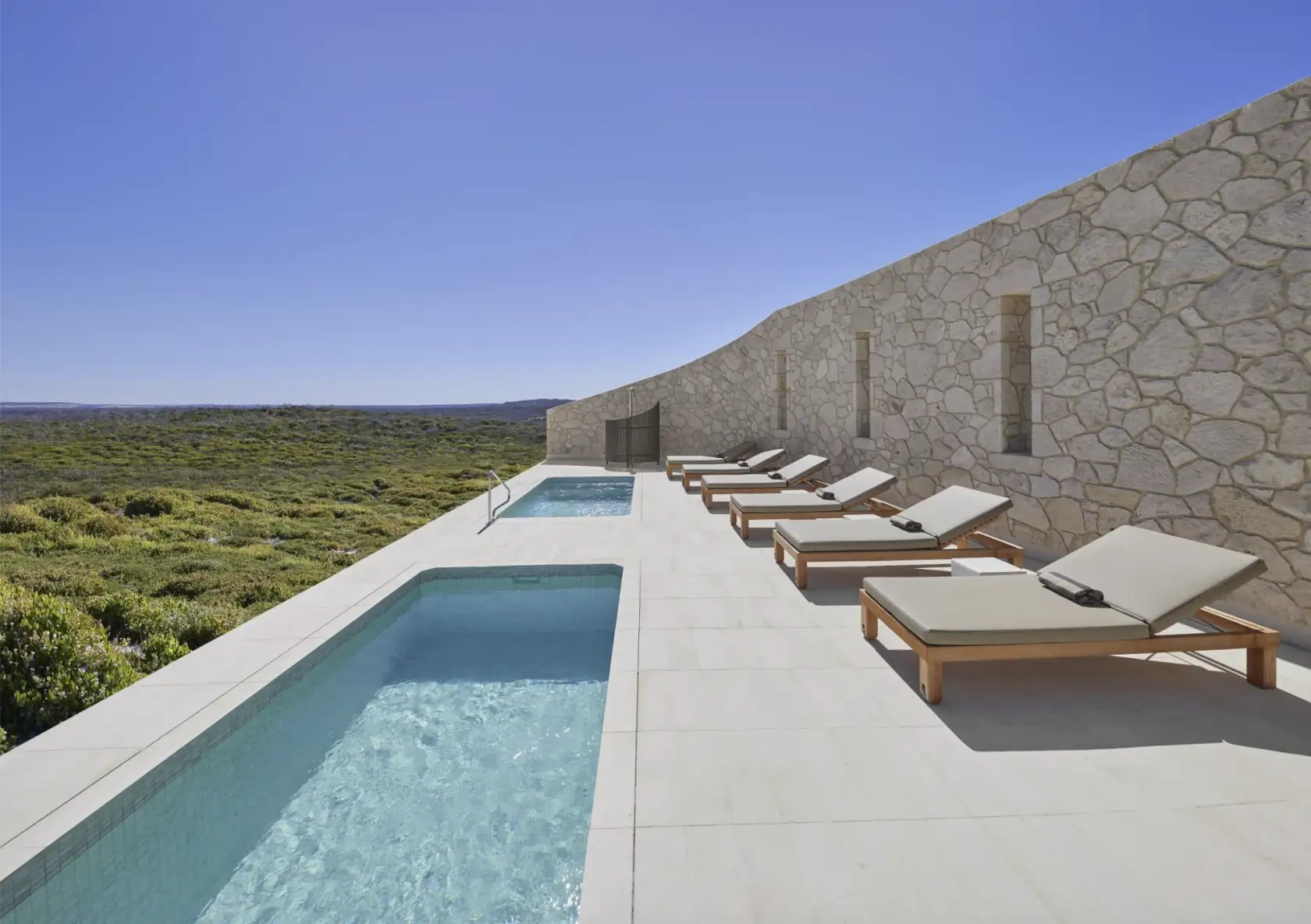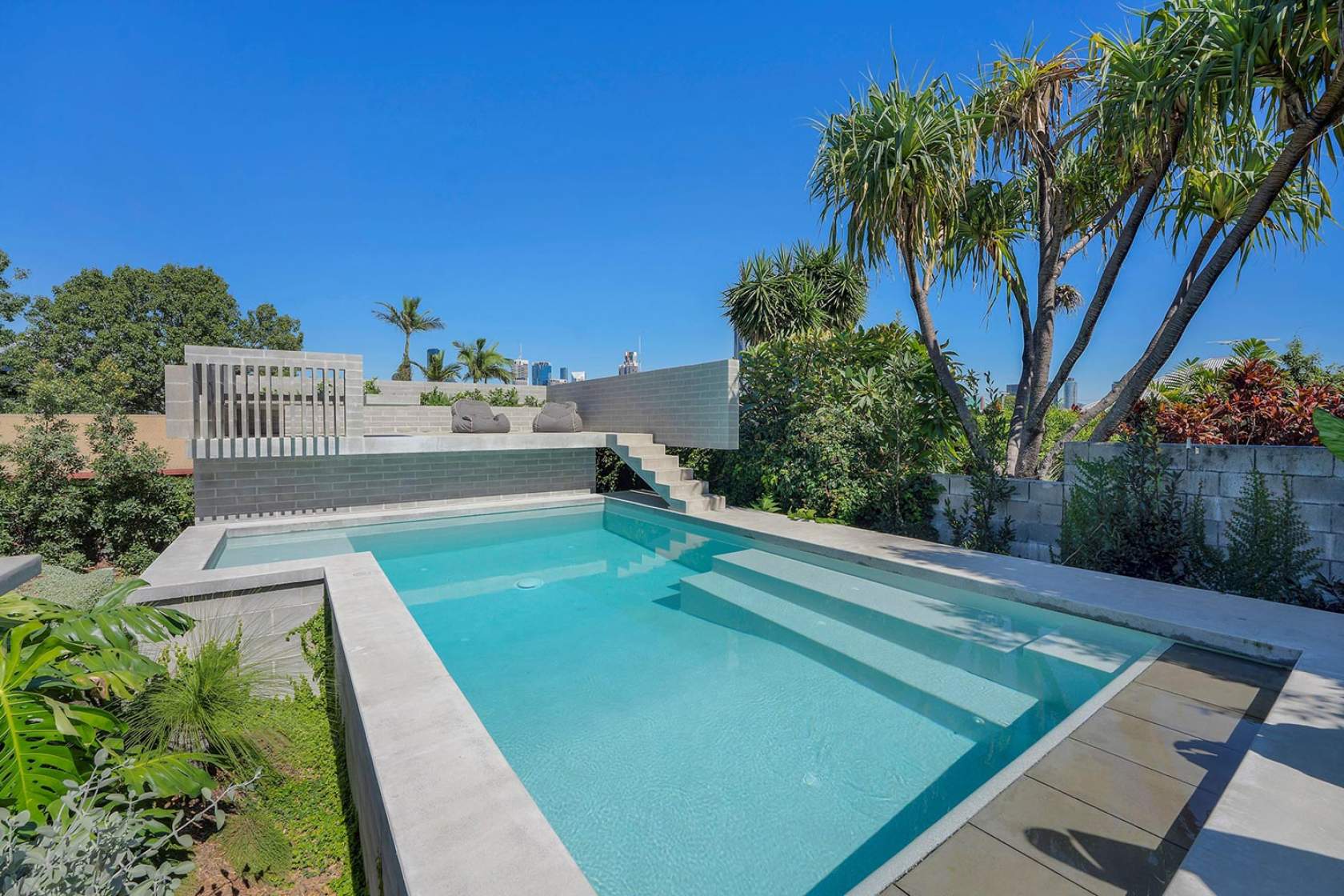

What a Gas
Despite Australia’s reputation as the land of eternal sunshine and long hot summers, most backyard pools benefit from the installation of a heating system. Swimming pool heating can significantly extend your swimming season — in some cases by months. There are three main types of hearing systems, we will have a look at each of them and the features and benefits they offer.
Much the same as air conditioning, there are ideal temperature setpoints for swimming pools, depending on the type of activity for which they are used. For leisure swimming, it’s between 24 and 26°C and a little higher for exercise, at around 28°C. Hydrotherapy pools are generally heated to between 32 and 35°C to deliver the optimum environment. Of course, these temperatures are not easily achieved without intervention and most pools sit somewhere between 18 and 22°C during the swimming season. Any heat gained during the course of the day is quickly lost after nightfall, leaving the pool cold again come morning.
One of the quickest ways of warming your swimming pool is to use gas heating, allowing you to extend the swimming season and enjoy the pool for longer, while also increasing return on your investment.
The increased availability of natural gas and liquid petroleum gas (LPG) has made gas heating an increasingly popular choice. Because supply is always available and can be closely regulated, gas is ideal for use in pools and spas where specific temperatures are desired.
How it works
Gas pool heaters use either natural gas or LPG. As the pump circulates the pool water, it is drawn from the pool and passes through a filter to the heater. The gas burns in the heating unit’s combustion chamber, generating heat which is then transferred to the water that is returning to the pool.
Advantages
Gas is ideal for heating quickly and the most efficient method for heating pools and spas in short periods of time, as they can reach the desired temperature quickly and maintain that setting regardless of ambient conditions.
Sizing
The size of a gas heater is expressed by its input rating — a measure of its fuel energy consumption in megajoules (MJ) — and by its output rating measured in kilowatts (kW). Small heaters are in the range of 60 to 100 MJ and larger units between 250 to 400 MJ. Heater output ranges between 25 and 100 kW. Consider the following factors when determining the most ap-propriate gas heater size for your application:
Desired temperature — this is personal choice, but as a guide the following temperatures are suitable for each type of pool:
pools used for social swimming or exercise — 24 to 28°C
therapeutic pools — 28 to 35°C
spa pools — 34 to 38°C
Water volume — determine volume by multiplying the surface area (pool length x width) by the average depth including wading areas and spa (if applicable)
Acceptable waiting times — how long you are prepared to wait for water to reach the desired temperature
The use of heat-retaining accessories — whether you utilise a pool cover or blanket. When determining swimming pool water volumes, don’t forget to factor in the spa. Most people want to heat the spa more quickly (and to a higher temperature) than the pool, so the ultimate choice should take this into consideration. For applications that only require pool heating and time is less of an issue, a smaller heater may suffice.
Installation and operation
Gas heaters are available in a range of configurations designed to suit specific conditions, including indoor and outdoor positioning. In-door installations require fluing and adequate ventilation for the size and type of heater being used. Heaters designed for outdoor use should not be used indoors.
Though most heaters are designed and constructed to operate in all conditions, appropriate consideration should be given to protection from the elements and the manufacturer’s installation recommendations always followed. Heaters should be installed on a stable non-combustible base, preferably 50 mm or more above ground level.
Things to know and look for
Most gas heaters available today are fitted with thermostatic controls. Heaters connected to spas must have a thermostatic control with a maximum temperature set to 40°C.
As with other heating types, various makes and models offer differing degrees of control and options. While budget is always a consideration, be sure to factor in your lifestyle and usage patterns when assessing alternatives and be sure not to overlook any long-term benefits in favour of a short-term cost-based decision. If you aren’t sure, or would like further advice, consider speaking with a SPASA member, who can point you in the right direction.
Safety
Given the combustible nature of gas, there are specific safety considerations:
Chemicals — including pool chemicals — must not be stored in the same room as a gas heater
Spa blowers must be located a minimum of 1.5 m from an installed gas heater.
A final note: care should be taken when using gas heaters in salt chlorinated pools. ensure that the production of chlorine is adjusted to suit, as excessive salt and/or chlorine levels can damage internal components. this is particularly important when operating for extended periods during heat-up.
